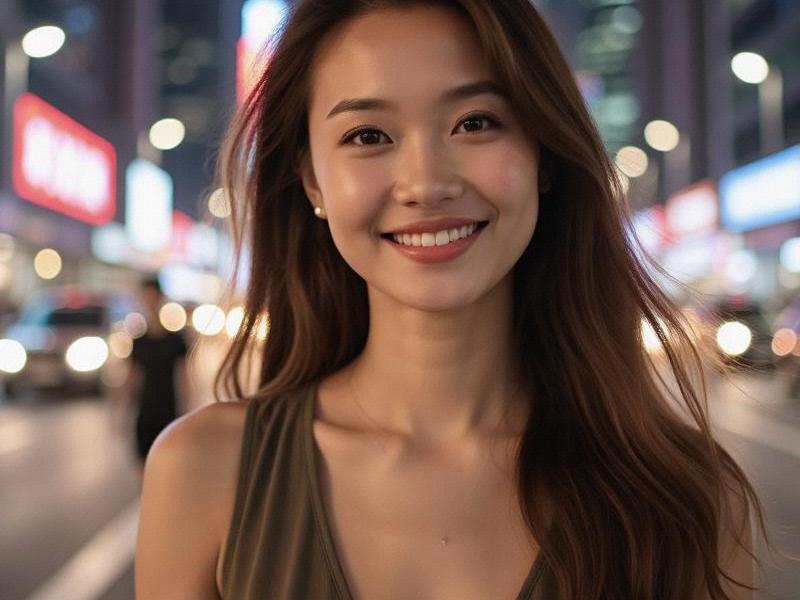This feature explores how Shanghai women are creating a distinctive East-meets-West beauty aesthetic that influences global fashion trends, from skincare rituals to haute couture preferences.

The streets of Shanghai have become an international runway where tradition meets futurism in the most unexpected ways. On any given afternoon along West Nanjing Road, you might spot a qipao-clad grandmother sharing skincare tips with a Gen-Z influencer filming for Douyin, while nearby, a corporate executive adjusts her Alexander McQueen blazer before entering the HSBC Building. This is the multifaceted beauty of Shanghai women - simultaneously rooted in heritage and relentlessly innovative.
Historical Foundations:
Shanghai's beauty identity traces back to the 1920s "Paris of the East" era when the city's first cosmetics companies like Maxam and Pehchaolin revolutionized Chinese women's routines. The legendary "Shanghai Girl" calendar art of the 1930s established enduring beauty archetypes that still influence today's standards. "There's always been this Shanghai-specific balance between feminine elegance and progressive boldness," explains Dr. Zhou Min, cultural historian at Fudan University.
爱上海419论坛 Modern Beauty Ecosystem:
The city now hosts over 3,400 beauty salons and 78 international cosmetic R&D centers. Local brands like Florasis and Chando have gained global followings by repackaging traditional Chinese medicine concepts with millennial aesthetics. The average Shanghai woman spends ¥2,800 monthly on beauty products - 43% above the national urban average.
Fashion Fusion Phenomenon:
上海龙凤419社区 Shanghai Fashion Week has become the world's fourth-largest fashion event by buyer attendance. Homegrown designers such as Uma Wang and Shushu/Tong successfully blend Chinese elements with avant-garde cuts. "Our designs reflect how Shanghai women wear clothes - respecting rules just enough to break them spectacularly," says designer Li Xiaofeng during a showroom event in Jing'an.
Tech-Driven Beauty Revolution:
Alibaba's "New Retail" concept has transformed Shanghai's beauty shopping with AR mirror trials at 560 physical stores. The city's cosmetic surgery hospitals report 28% annual growth in high-tech procedures like 3D-printed cartilage noses. Meanwhile, traditional gua sha tools have seen 300% sales increase among Western buyers through cross-border e-commerce.
上海贵族宝贝sh1314
Cultural Contradictions:
Beneath the glamour exists complex tensions. While Shanghai leads China in female executives (38% of senior positions), appearance-based discrimination persists. The municipal government's 2024 "Authentic Beauty" campaign promotes diversity, featuring models across age groups and body types in subway advertisements.
As Shanghai prepares to host the 2026 World Cosmetic Innovation Summit, its unique beauty culture - simultaneously commercial and cultural, traditional and disruptive - offers a fascinating case study in how global cities shape aesthetic identities in the digital age.